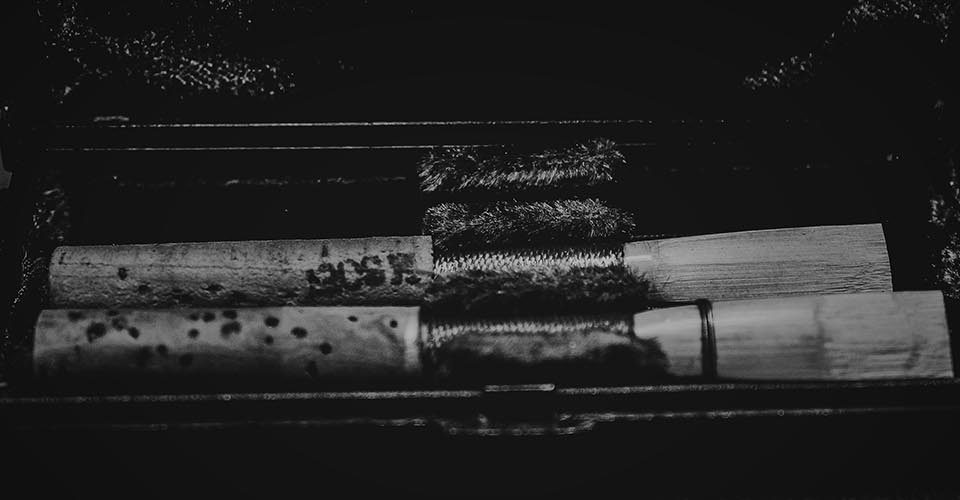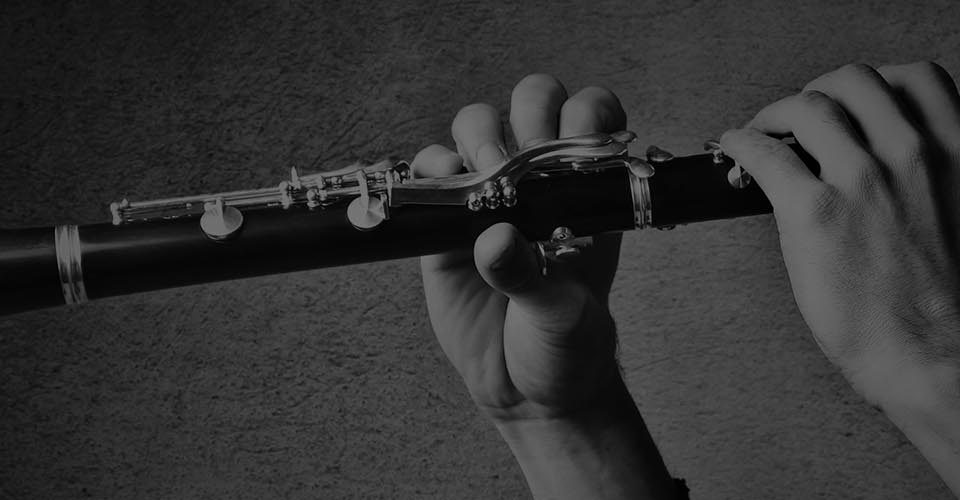Hardware for teaching music online

ABRSM Remote Exams – August Update
1 September 2020
ABRSM Remote Exams – December Update
2 December 2020Hardware for teaching music online
Hardware for teaching music online is part 2 of our ‘An introduction to teaching music online‘ series
In this second part of the series, we’re going to cover the hardware for teaching music online and our recommendations. We will focus upon microphones, cameras and tripods, with other hardware items such as accessories, stands and other miscellaneous hardware items being covered in a future post. You can read part one here.
With a second lock down upon us and an uncertain future of restrictions, it seems that online music lessons are here to stay. Teaching music online to a high standard will become an important part of a music teachers’ skill set. Accordingly, we think it’s important music teachers invest in hardware that will help maintain a high quality teaching experience for their students.
Not being able to engage with your students in-person can be a daunting prospect, particularly if you are teaching younger children. Trying to maintain the child’s attention through the screen and the many distractions on offer is more challenging than in person. By using the best quality equipment, you can ensure your lessons are engaging, with your instructions and demonstrations presented clearly and concisely.
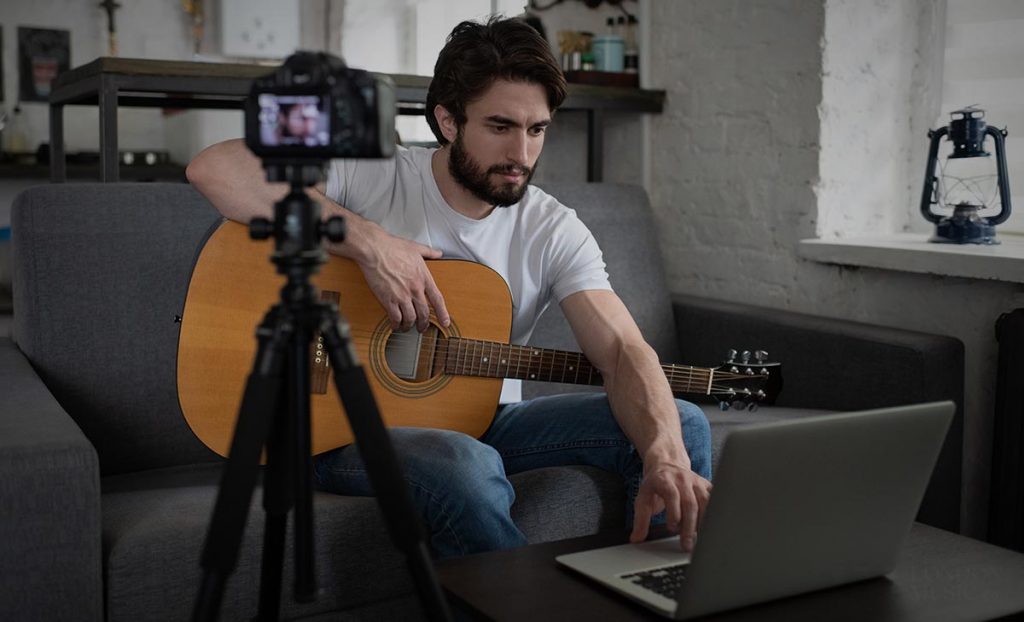
Our recommended hardware
Each category has a number of options with differing features and to suit a range of budgets. The most important features have been noted and the price (correct at time of posting) is listed, please bear in mind that prices can and do change and we can’t control that.
There are many options out there beyond what we’ve recommended, below is just a group of items we know and trust to perform as hardware for teaching music online.
Please note that London Music Co. is an Amazon Associate and we earn a small commission on qualifying sales from the Amazon shop links on this page. All funds generated go towards covering the costs of running this website & the production of future content. Thank you for your support.
Microphones
For the best online music teaching experience, a reliable and clear sound from a microphone can make or break your lesson. Modern laptops & phones do have built-in microphones you can use, but not all are made equal and the quality can vary, especially when dealing with the nuances of music. A high quality microphone will set your lessons apart and help provide the richest possible experience for your students.
Our recommended microphones for teaching music online:
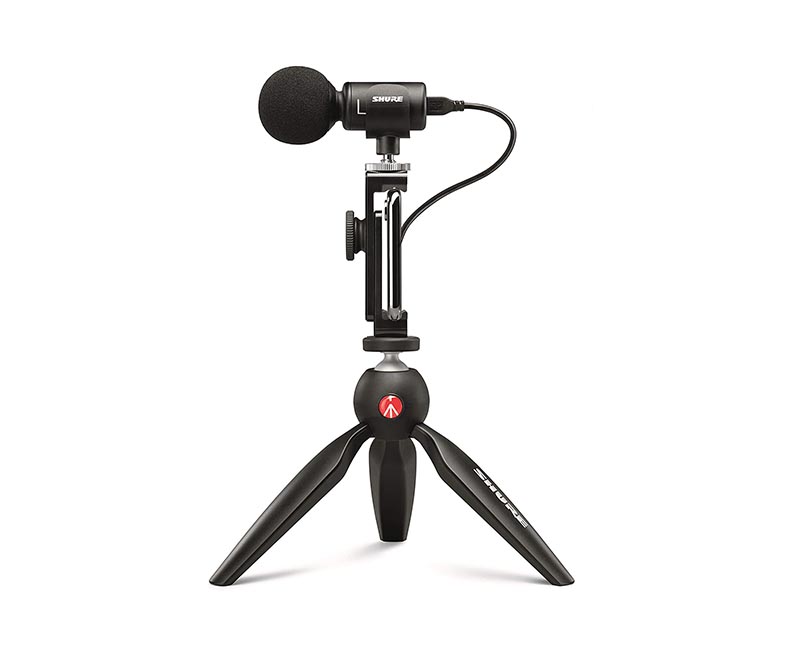
Shure MV88+
This microphone is the top spec option for enhancing recorded and live stream sound on your Android or iOS device. Comes with a wind shield.
We recommend the Shure MV88+ if you’re looking to start with a very high quality microphone from the beginning.
- Condenser Microphone
- USB & Lightning
- Works with mobile devices
- Stand included
£175 (correct at time of posting)

Blue Yeti
The number one choice for podcasters & vloggers. A reliable and high quality sound, with on-microphone hardware controls.
An excellent mid-range option that won’t break the bank. Its high popularity means there are plenty of resources and guides available to help you get the most out of it.
- Condenser Microphone
- USB
- Heavy duty stand
- Hardware controls
- Mute button
£119 (correct at time of posting)
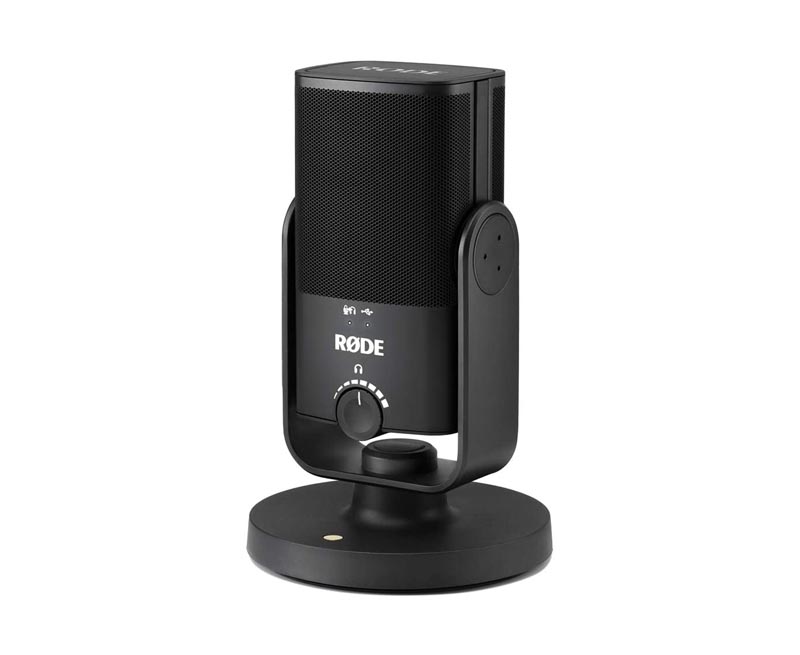
RØDE NT-USB Mini
A high quality USB condenser mic from the famous brand RØDE.
For the price, this is an excellent condenser microphone. With a built-in headphone amp and a detachable stand, this microphone delivers a high quality recording at a competitive price.
- Condenser Microphone
- USB
- Detachable Magnetic stand
- Headphone Amp
£88 (correct at time of posting)
There are other USB microphone brands we haven’t mentioned, such as: Zoom, Marantz, & Razer. Any good quality USB microphone will transform the audio experience for your students compared with your built-in laptop/tablet/phone microphones.
Of the three microphones above, it is hard to ignore the highly competitive price of the RØDE, but the Blue Yeti would be our pick. It is extremely popular online and has the best community support to help you get the most out of it. All three options can double as decent studio mics, should you wish to use them for more than just teaching music online.
Cameras
Having clear and crisp video during lessons is important. We’ve found that children in particular respond best to being able to clearly see the instruction from their teacher. You want your students to clearly see how you are making the notes and tones during the lesson.
Modern laptops & phones all tend to have front-facing cameras built-in, but depending on your device, the quality isn’t ideal. Remember that front-facing cameras are not nearly as good as the rear-facing cameras on phones & tablets. You can certainly get by with a built-in camera, but we’d recommend opting for an external hardware camera where possible.
Field of view is an important part of the camera and you’ll ideally want a camera with the widest possible angle lens available. A wide field of view ensures your students can see everything they need to, be it all the keys on a piano or you & the instrument close-up for detail.
Our recommended cameras for teaching music online:
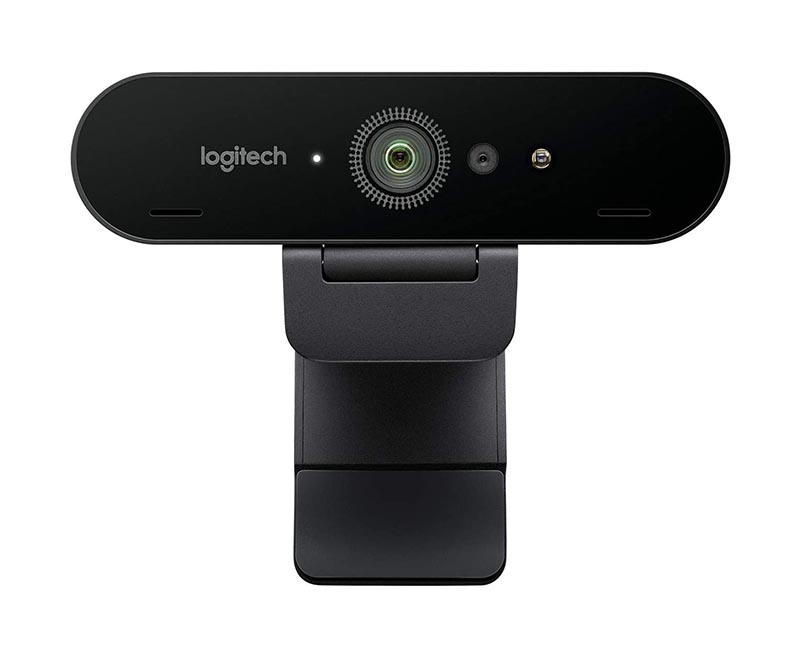
Logitech Brio Ultra HD Pro
Logitech are well known for their webcams which are dependable, well priced and well made.
The Brio Ultra HD Pro is a class-leading 4K UHD camera packed with features including an adjustable field of view and is our premium recommendation.
- 4K UHD Resolution
- 90 degree field of view
- Software for Mac & PC
- Adjustable field of view (65, 78 or 90)
- Up to 60 frames per second
£239 (correct at time of posting)
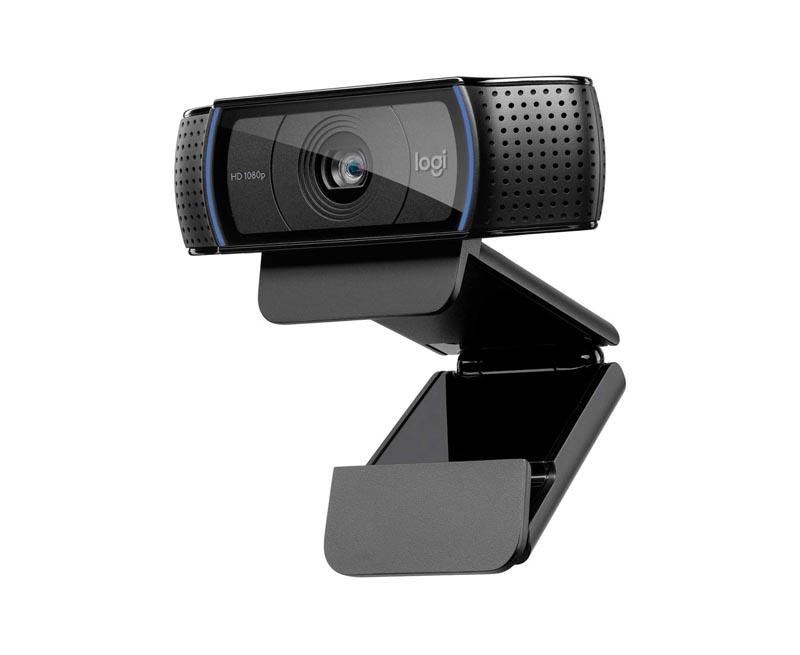
Logitech C920 HD Pro
One of the most popular webcams on the market with thousands of positive reviews. The ideal mid range/starter option, providing a good quality of video with all the features you’d expect from Logitech.
The Logitech C920 is a full HD webcam which also has built-in microphones. If you’re on a budget and want to get a camera & microphone in one, this is the one to get.
- 1080p HD Resolution
- 78 degree field of view
- Software for Mac & PC
- Built-in microphones
- 30 frames per second
£90 (correct at time of posting)
Purchase the Logitech C920 HD Pro
Note that this camera is in short supply due to high-demand presented by the pandemic. Its sister camera, the Logitech C922X is a similarly priced, but different alternative.
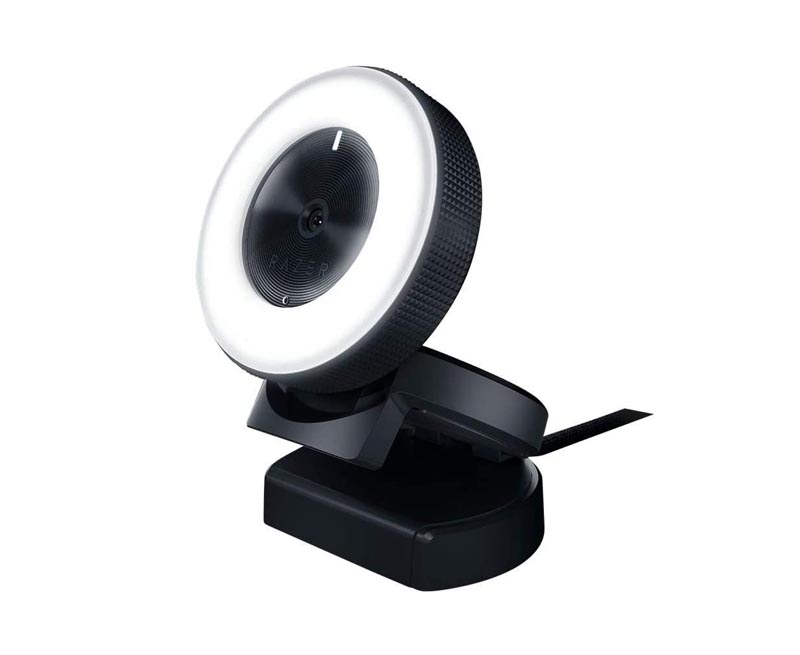
Razer Kiyo
Razer is an extremely popular gaming peripheral manufacturer and the Kiyo is their attempt to produce a high quality camera targeted towards the growing online streaming market.
The Kiyo is widely available, well-priced and comes with some unique features, such as a halo light & 60 FPS capabilities.
We recommend this camera as a great mid-range purchase that can deliver vibrant & smooth video at a fair price.
- 1080p HD Resolution @30fps
- 81.6 degree field of view
- Software for PC only
- Built-in microphone
- 60 frames per second (720p only)
£100 (correct at time of posting)
All of the above cameras work on PC & Mac, although only the Logitech cameras have dedicated software that works on a Mac, the Razer camera will work, but only as a generic camera unless you use third party tools to adjust it.
Note that camera availability has been variable throughout 2020 due to the lock down periods causing a dramatic increase in demand, as people are working from home or want to stay in touch with loved ones. Anything out of stock is usually going to return promptly.
Of the three cameras recommended above, we think the C920 is the best all-rounder at the fairest price, the only drawback being its popularity making it harder to get hold of at the moment. The Razer Kiya is the best competitor to the C920, but we’d not recommend it for Mac users, try the C922X instead if the C920 is not available. For the best experience, the Logitech Brio is hard to beat but comes at a price.
Tripods
Tripods are helpful in adjusting and maintaining a consistent, comfortable workspace. While tripods are most important for cameras, they are also often used with microphones. Fortunately, the microphones we recommend above all come with their own stands, so we’ll just be focusing on tripods for Cameras & Phones.
Note that additional attachments can be used to add functionality to a traditional camera tripod, such as being able to hold a phone, or even a tablet. We will list a few of these as well.
Our recommended tripods for teaching music online:
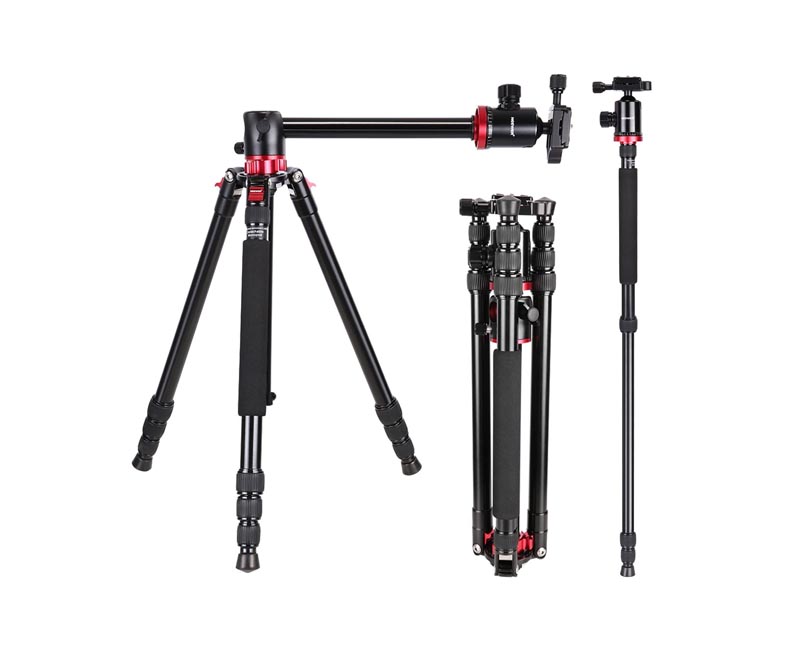
Neewer Camera Tripod Monopod
Neweer produce a range of high performance tripods and camera accessories which are priced reasonably.
We’ve selected this model as it has a rotatable centre-arm which is ideal for someone wanting to create a top-down view of Piano keys – something useful for teaching the instrument.
- Ideal for Piano teaching
- Good for larger instruments
- Highly flexible/adjustable
- Attachment required for use with mobile devices
- Doubles as a good camera tripod for general photography
£120 (correct at time of posting)
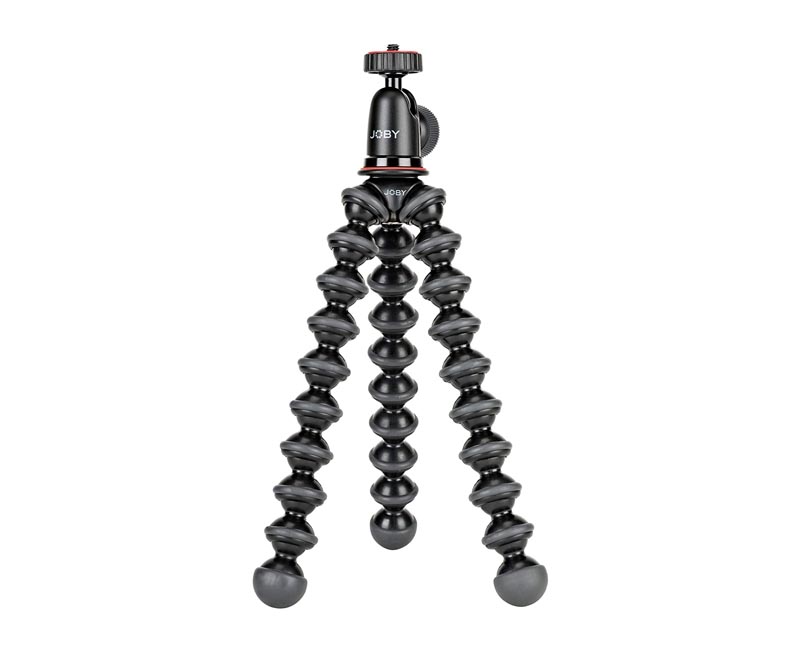
Joby GorillaPod 1k Kit
Famous in the tripod field for their distinctive yet functional design. The GorillaPods are extremely versatile, being able to clamp or cling onto all kinds of things, ensuring you get the angle you want.
This is one of the standard models designed for camera use, with a stable carrying capacity of 1KG. There are other models available for lighter/heavier use.
- Extremely versatile
- Good for difficult/cramped locations
- Highly flexible/adjustable
- Attachment required for use with mobile devices
- Ideal tripod for someone on the go
£34 (correct at time of posting)
Summary
There are hundreds of different options for Microphones, Cameras & Tripods out there, we hope you found our hardware for teaching music online recommendations useful.
As we all work through the conditions placed upon us by the pandemic, remote teaching has dramatically increased in popularity. With remote exams now becoming a standard in their own right, we think that teaching music online will be here to stay and all teachers should aim to have a user friendly set-up that helps them deliver the highest quality lessons to their students.
As a general rule on hardware for teaching music online, we’d recommend sticking to reputable brands and established products which have good review feedback, even if this means paying a little more. Although online reviews can be variable, as the standards at which people assess things varies based on their own personal standards and use case.
Our next post in this teaching music online series will be on lesson organisation & planning.
Our previous post in the series was An Introduction to Teaching Music Online.
Thanks for reading and as always, please contact us with feedback, comments & suggestions.



